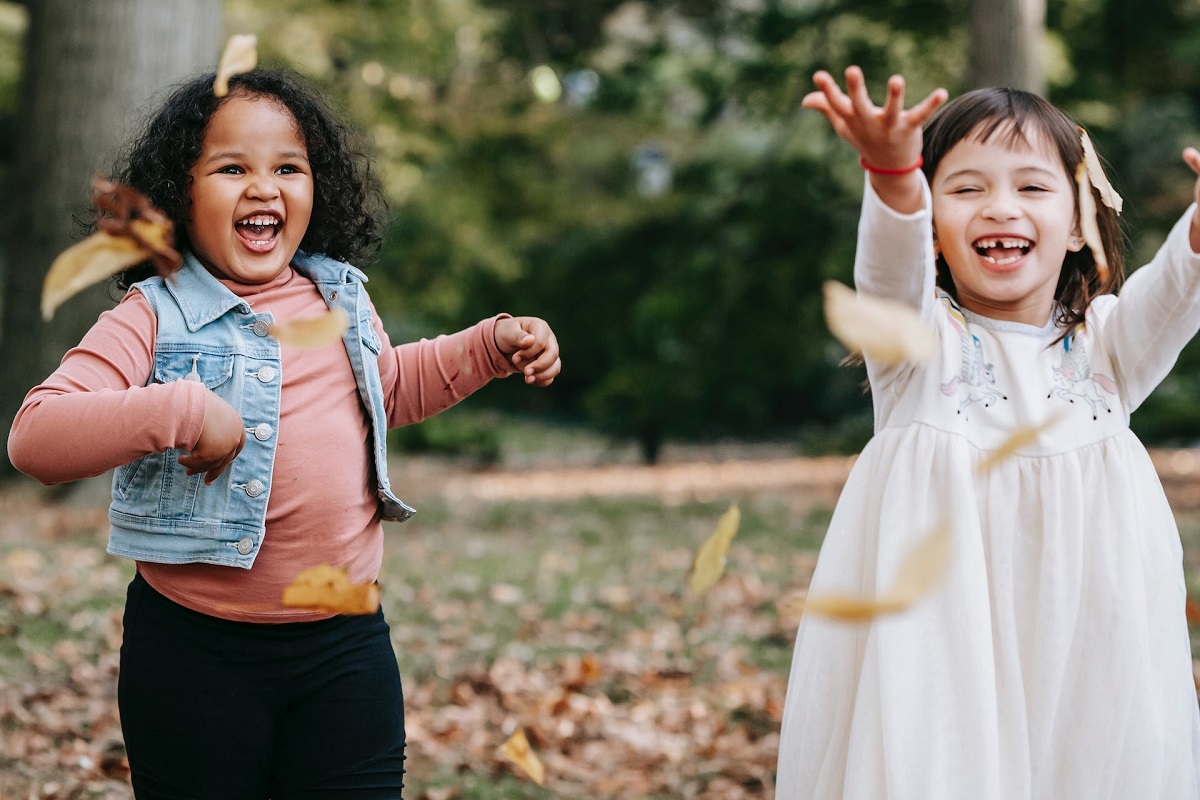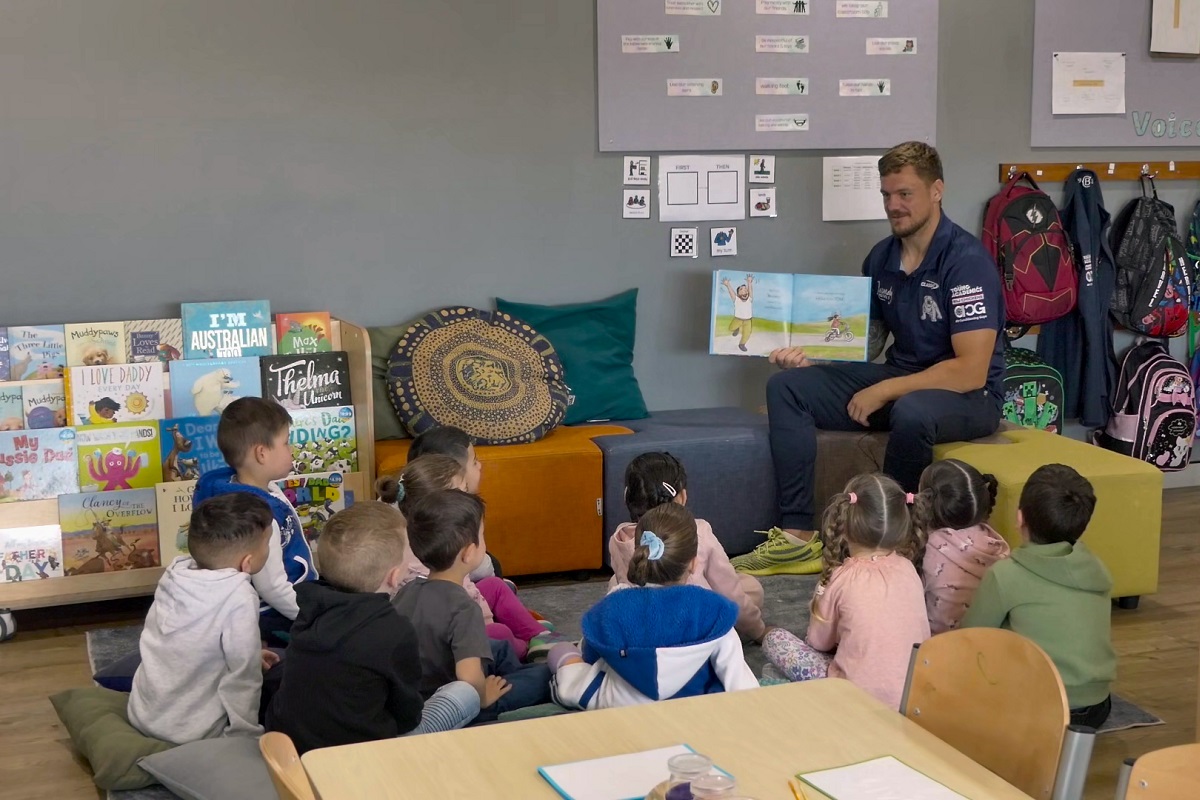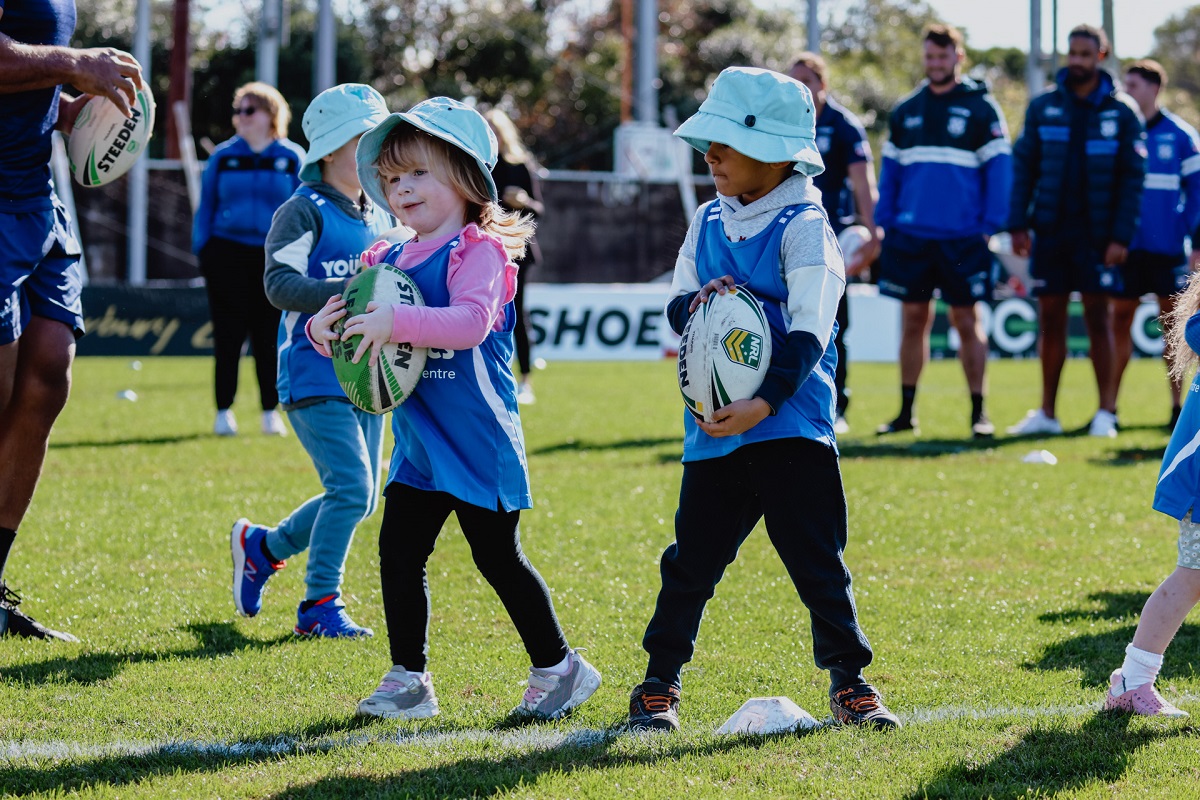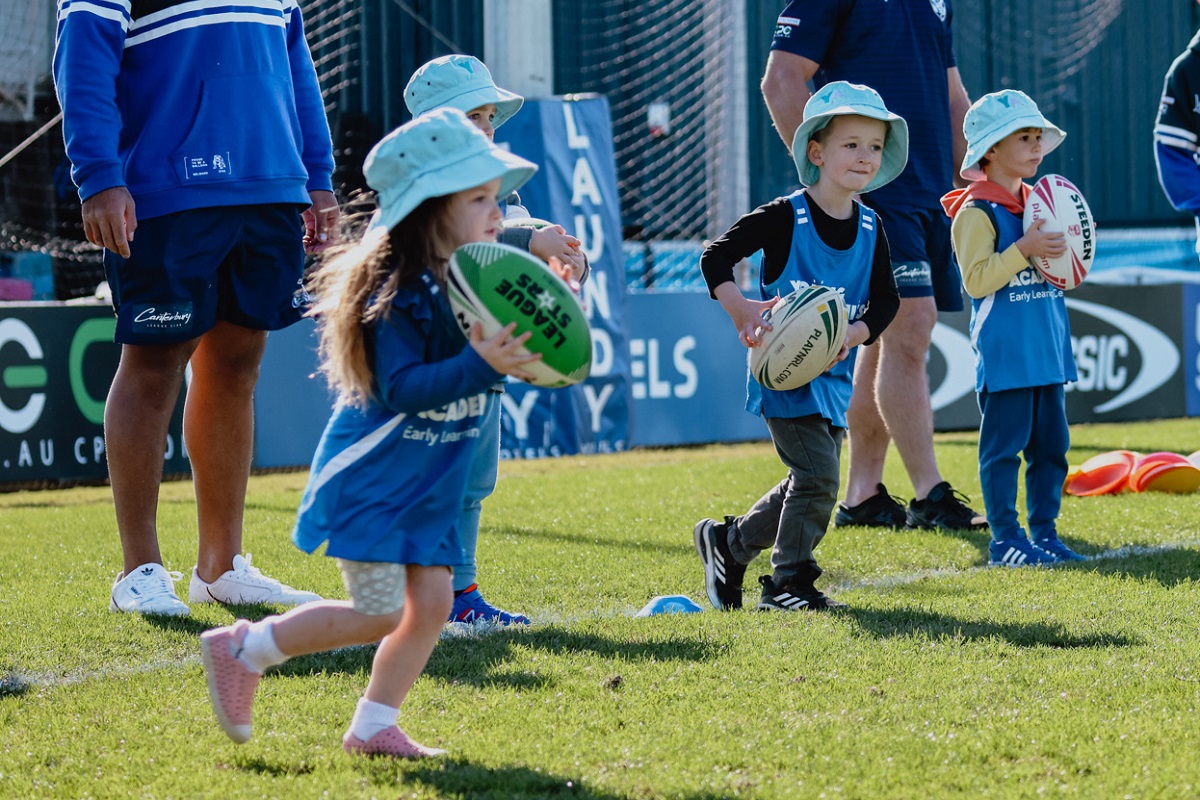The Reggio Emilia Philosophy Explored
If you’ve heard the term ‘third teacher’ around in relation to the environment and you’ve been wondering what exactly that means, you’re not alone! This concept has gained popularity due to the influence of the Reggio Emilia educational philosophy. The founder, Loris Malaguzzi, said that there are three teachers of children – other children, adults and the third teacher, the environment.
So how does the environment teach children?
This approach to learning, the Reggio Emilia approach, suggests that children should be able to direct their own learning and that it is the child’s natural curiosity and creativity that leads them on a path of discovery and knowledge.
The environment plays a pivotal role for children when it comes to making learning more meaningful. Teaching children in an engaging environment helps to empower them as they navigate and explore the world around them. In this approach, children are seen as collaborators and drivers of their own education and the environment helps to stimulate, provoke and facilitate learning.
What makes an environment a third teacher?
An engaging and dynamic environment is key to the success of this approach, you want to ensure your teaching space and resources are changed regularly to ensure children stay engaged and excited about their learning.
The overall look of the environment around children also plays a crucial role! Natural light is vital, as is keeping a calm, uncluttered space for children to play, investigate and explore. Materials and furniture should also be carefully selected to create a captivating but clean environment for children that is conducive to learning!
You want to keep the learning environment open-ended so that the focus is on the learning process which can take many different directions rather than being solely focused on the outcome. The child’s environment should encourage communication and make children feel safe, welcomed and supported.
What do children learn from their environment?
Children learn so much from their environment, whether they’re running around a playground, experimenting with water and food colouring or drawing at a table to develop their fine motor skills, their environment provides them with ample opportunities to be active participants in their own individual learning and development.
Both indoor and outdoor environments allow children to develop a range of physical, cognitive, language, literacy, emotional and social skills that are critical for their development. Children learn how to interact with others in a healthy way and they learn to use critical thinking, creativity and collaboration to solve problems. Children become more independent and self-confident as they are empowered to choose the items they want to play with and are encouraged to partake in a hands-on approach to learning.
What does Young Academics think about the Reggio Emilia approach?
At Young Academics we know how important it is to embrace Reggio-inspired environments to help encourage learning and growth in your child. Not only is a good environment crucial for the growth and development of children, it is also critical for educators, caregivers and parents.
The Reggio Emilia philosophy explores the way the environment enables children to explore their interests and learn from their experiences. At Young Academics, our educators aim to have Reggio-inspired teaching spaces within our childcare centres that are aesthetically pleasing, welcoming and help to foster a genuine love of learning in your child.







